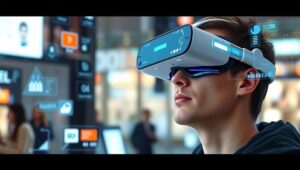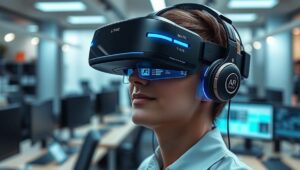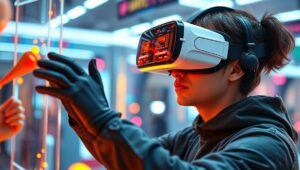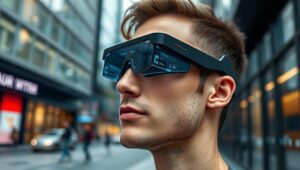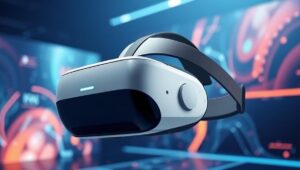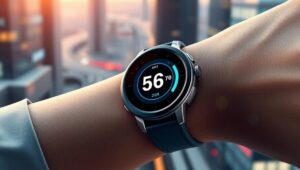May 19, 2025
The Killer Apps for Consumer AR/VR (Beyond Gaming – 2026)
The Killer Apps for Consumer AR/VR (Beyond Gaming – 2026) Augmented Reality (AR) and Virtual Reality (VR) technologies have been steadily evolving, and while gaming has been a prominent application, the true potential lies far beyond. By 2026, we anticipate several ‘killer apps’ will emerge, driving mainstream consumer adoption. This article explores these key areas, highlighting the functionalities and impacts we can expect. 1. Immersive Education and Training Functionality: AR/VR offers unparalleled opportunities for interactive and engaging education. Imagine medical students performing virtual surgeries, or history classes where students explore ancient civilizations firsthand. Impact: Enhanced learning outcomes through experiential education,
